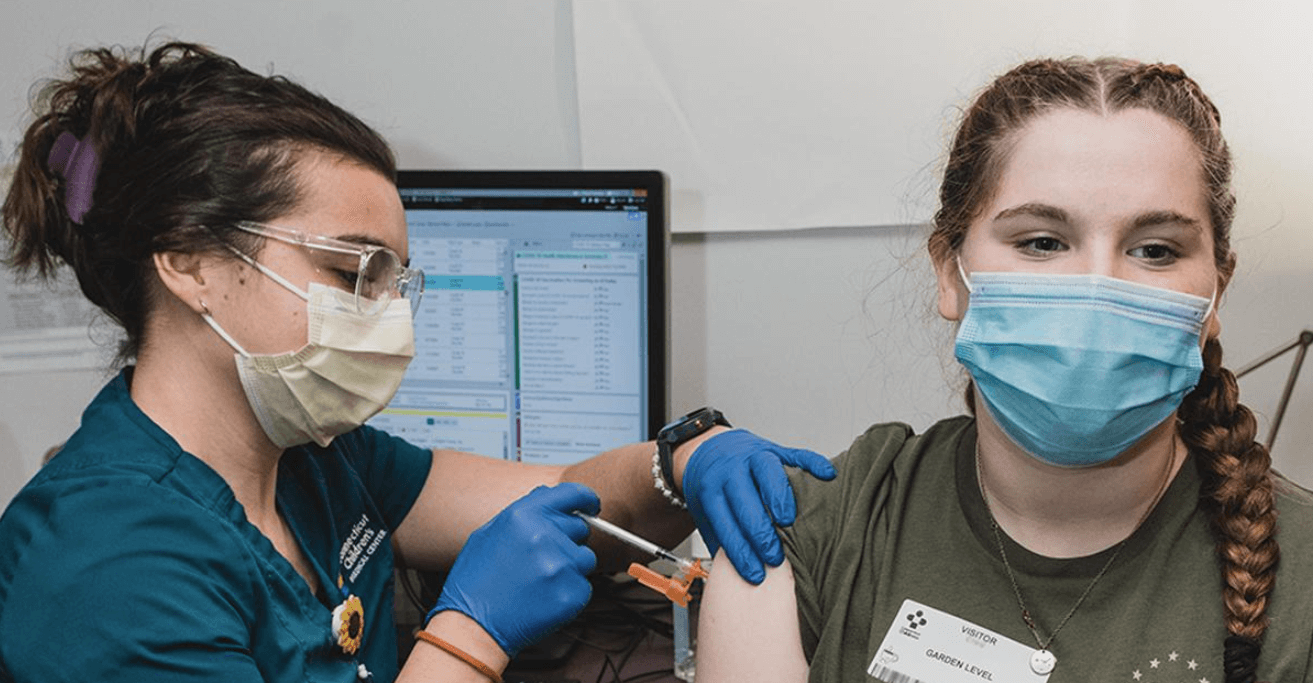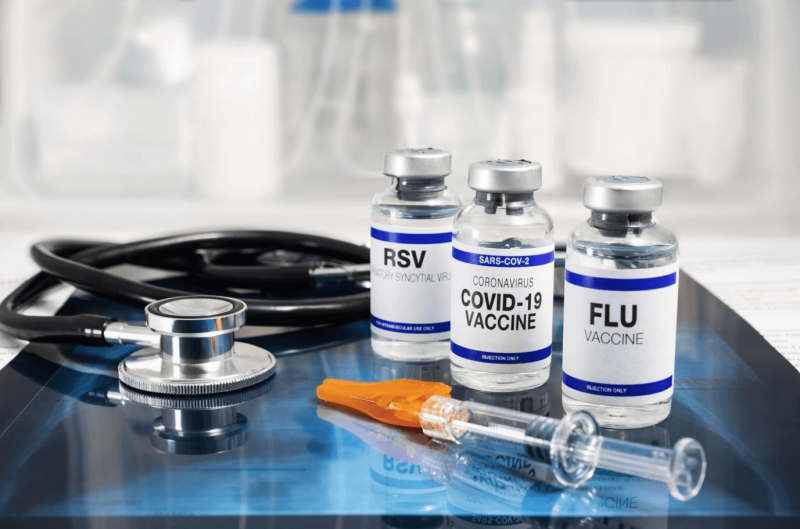Is the United States out of the woods yet with COVID? The evidence is problematic.
Consider this, from the Japan Times in mid-June: “A month after Japan downgraded COVID-19 to a status on par with that of seasonal flu, the nation may be on the cusp of a ninth COVID-19 wave, with the number of new infections increasing to nearly twice the level seen before the downgrade, according to health ministry statistics….”
This is a red flag and one of numerous developments underscoring that we will likely need new, updated vaccines.
First, if the surge in Japan continues to escalate, as seems likely, it will likely spread to other countries. The average number of COVID-19 cases reported regularly from some 5,000 medical institutions across the nation stood at 7.24 in the week to July 2 reported across Japan stood at 7.24, but that understates the challenge. In Japan’s far south, where this new wave started, the number of cases is almost 50. That’s 55% higher than during the last COVID wave. Health officials have no idea how or when the wave may crest as this current iteration of the virus is spreading gradually, instead of increasing rapidly as in prior waves.

Second, even in non-pandemic times, the Japanese are generally very mask-friendly. Especially during the flu season, it is common to see them masked on public transportation and in other crowded, indoor places. In the U.S., however, masks are not culturally customary, and they have virtually vanished, even in high-risk situations like long-distance airplane flights, conference halls, and theaters. Thus, we are vulnerable to a new surge, as our immunity from infection and vaccination wanes, and a new, highly opportunistic variant of the SARS-CoV-2 virus appears.
Third, the currently predominant XBB subvariants in the Omicron lineage are good candidates. They are even more transmissible than their immediate predecessors and highly resistant to the immunity conferred by currently available vaccines. And although the pandemic has lost most of its bite in the U.S., the SARS-CoV-2 virus is still mutating and evolving.
New vaccines on the way
A Food and Drug Administration advisory panel unanimously recommended last month that COVID-19 vaccines under development for the fall vaccination campaign should be updated. Specifically, they said that the new versions should target one of the currently dominant XBB subvariants.
The regulators concurred, announcing the following day, “Based on the totality of the evidence, FDA has advised manufacturers who will be updating their COVID-19 vaccines, that they should develop vaccines with a monovalent XBB 1.5 composition.” That subvariant currently accounts for over 40% of all new COVID-19 cases.
Moderna and Pfizer (along with its partner BioNTech), have announced their plans to manufacture new mRNA vaccines in time for distribution in the fall. Novavax, which uses an older technology, is also expected to make an updated version of its vaccine.
Will Americans continue to back away from vaccinations?
According to the latest PEW poll, fewer than two-thirds of Americans—62 percent—say the benefits of COVID vaccines outweigh the risks. Only about half of Americans get an annual flu shot.
Anti-vaccine activists will cavil that these new COVID vaccines or combination vaccines are “experimental,” that there’s not enough time to test them, etc., etc., but the reality is that this is how vaccine development routinely occurs when the platform has previously been proven to be safe and effective and the only variable is the antigen that has been chosen to elicit the appropriate immune response.
For example, the composition of the annual flu vaccine is chosen by virologists and regulators in March every year, and the manufacturers then produce it for the fall. Blood tests are done on recipients to confirm the immune response, but extensive testing to show a reduction in infections is impractical and not performed prior to release.

How accurately do scientists predict the right flu variants so many months ahead of flu season? The newly formulated flu vaccines reduce the risk of flu illness by between 40% and 60% among the overall population during seasons when the circulating flu viruses are well-matched to those used to make flu vaccines.
In announcing the plans for the fall COVID vaccines, FDA confirmed that it “will continue to monitor the safety and effectiveness of the COVID-19 vaccines and the evolution of the SARS-CoV-2 virus.”
Health officials are hopeful, if skeptical, about whether the U.S. can sidestep last year’s “tripledemic” of respiratory illnesses when as many as 58,000 people died. During the same period, COVID claimed about 50,000 additional lives.
To counter a dire repeat, the CDC is urging inoculations to combat the flu, COVID and for the first time, respiratory syncytial virus (RSV), which annually kills about 10,000 people. Although there are known side-effects from all three—that’s the case with every vaccine—”the risk-benefit balance still heavily favors vaccination,” said Dr. Helen Chu, a physician and immunologist at the University of Washington.
In the near future, we should be able to get one vaccine yearly that targets all three respiratory infections. Moderna says it could introduce a combination flu and COVID vaccine next year and a triple combination shot with the RSV component as soon as 2025.
Vaccines don’t prevent diseases, vaccinations do; and getting a significant fraction of Americans to take them is increasingly an uphill battle. Public support for COVID vaccines could sour even more in the months ahead as hesitancy has been embraced by some Republican candidates and is the centerpiece of Robert F. Kennedy, Jr.’s deranged campaign for the Democratic nomination for president.

According to the Centers for Disease Control, only a disappointing 17% of adults have received the latest boosters that target Omicron. In order to overcome vaccine resistance and the blandishments of the anti-vaxxers, we will need a concerted, aggressive public-private campaign to convince skeptics of the importance – both to themselves and to public health generally – of being fully vaccinated.
Henry Miller, a physician and molecular biologist, is the Glenn Swogger Distinguished Fellow at the American Council on Science and Health. He was the founding director of the FDA’s Office of Biotechnology and was the co-discoverer of a critical enzyme in the influenza virus. Find Henry on Twitter @HenryIMiller































